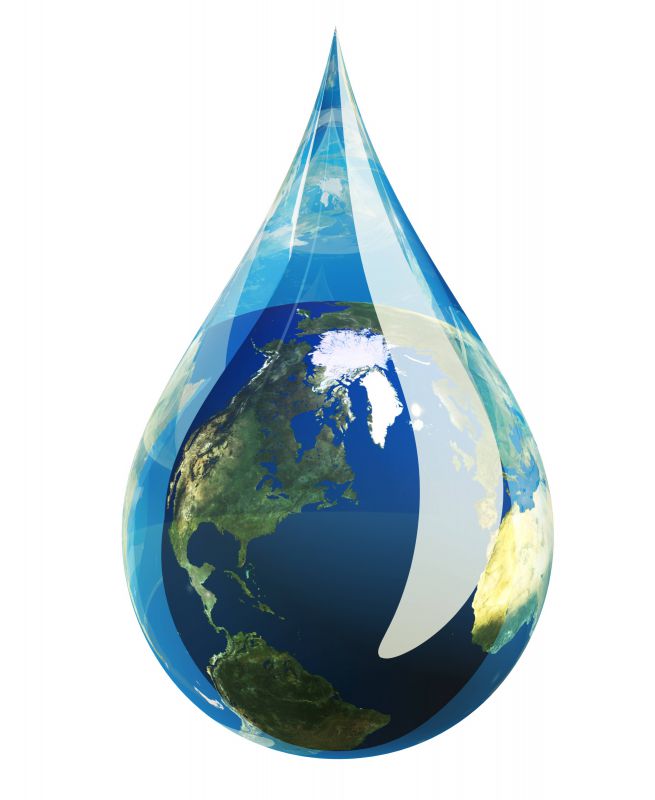Trying to Boost the Industrial Water Treatment
Published on by Water Network Research, Official research team of The Water Network in Academic
Increased Emphasis on Water and Environment Conservation to Boost the Industrial Water Treatment Chemicals Market in Europe Until 2020
According to the latest market study released by Technavio, the industrial water treatment chemicals market in Europe is expected to grow at a CAGR of close to 6% during the forecast period.
 This research report titled ‘Industrial Water Treatment Chemicals Market in Europe 2016-2020’ provides an in-depth analysis of the market in terms of revenue and emerging market trends. This market research report also includes up to date analysis and forecasts for various market segments and all geographical regions.
This research report titled ‘Industrial Water Treatment Chemicals Market in Europe 2016-2020’ provides an in-depth analysis of the market in terms of revenue and emerging market trends. This market research report also includes up to date analysis and forecasts for various market segments and all geographical regions.
One of Technavio’s lead research analysts for specialty chemicals research, Chandrakumar Badala Jaganathan, says, “Growing concerns and awareness about environmental safety and human health have made the European Union set stringent guidelines to protect the environment by reducing the amount of pollutants from industrial sectors. The Urban Waste Water Directive and Water Framework Directive are two of the many regulations that are mandated for industries to limit pollutants. Companies that do not comply with the prescribed standards are imposed with severe consequences such as high penalties. This initiative has become a major factor boosting the industrial water treatment chemicals market in Europe.”
Based on application, the report categorizes the industrial water treatment chemicals market in Europe into three segments:
- Process water treatment chemicals market in Europe
The process water treatment is focused largely on solutions for boiler and cooling water, closed circuit systems, heat exchangers, and cooling towers. These process systems are complex, and perform critical operations at varying conditions. “The most common chemicals used in process water treatments are scale and corrosion inhibitors, biocides, antifoaming agents, dispersants, cleaners, and antiscalants. These chemicals are mixed with the water stream. They prevent or minimize the effect of such activity, increasing the lifespan of the machines and aiding efficient maintenance of the entire operation,” says Chandrakumar.
In 2015, process water treatment segment had approximately 46% market share and dominated the industrial water treatment chemicals market. This segment, as predicted by Technavio researchers, will reach USD 3.43 billion by 2020, growing at a CAGR of 6.44% during the forecast period.
- Effluent water treatment chemicals market in Europe
The effluent water treatment process is the final treatment before discharging the water into the environment, which includes the separation of impurities through chemical and biological treatment. These process systems treat the water to remove odor, heavy metals, and other visible materials. The effluent treatment process uses activated carbons, coagulants and flocculants, biocides, antifoam, odor control, and heavy metal removal chemicals.
Most of the effluent water contains high levels of heavy metals such as zinc, iron, cadmium, lead, magnesium, and chromium. Other pollutants include organic compounds, micro-organisms, nitrogen and its compounds, phosphorus and its compounds, and dissolved solids. The water also has a characteristic odor because of the presence of heavy contaminants. The growth prospects of this segment is steady and is likely to grow at a rate of close to 5% during the forecast period.
- Raw water treatment chemicals market in Europe
The raw water treatment chemicals market in Europe was estimated at USD 1.04 billion in 2015. It is expected to reach USD 1.34 billion by 2020, growing at a CAGR of 5.2% during the forecast period.
The raw water treatment process uses chemical separation as one of the clarification techniques. This process uses chemicals such as coagulants and flocculants, ion exchange resins, antiscalants cleaners, and activated carbon. Coagulants and flocculants are the most widely used chemicals for separating unwanted contaminants from the influent water, followed by the antiscalants, cleaners, and activated carbons. The other chemicals used are biocides and membrane cleaners. Biocides are used to prevent or kill microorganisms while membranes are cleaned using cleaners to maintain efficient process parameters.
Source: Business Wire
Media
Taxonomy
- Water Scarcity
- Industrial Water Treatment
- Chemicals
- water treatment